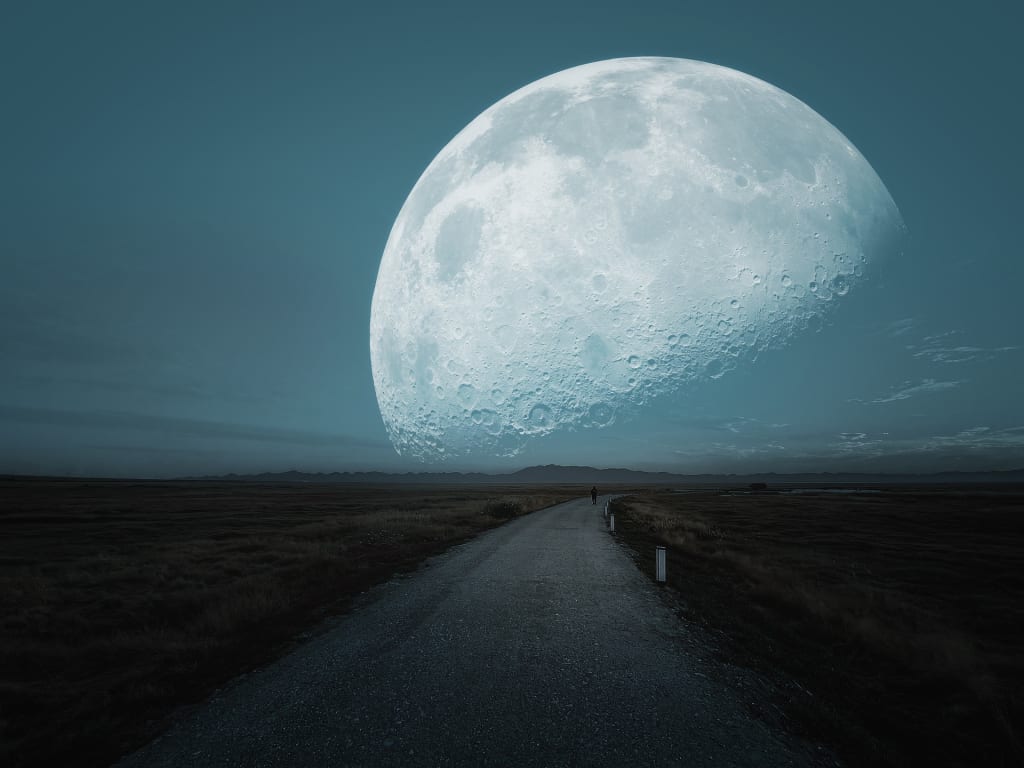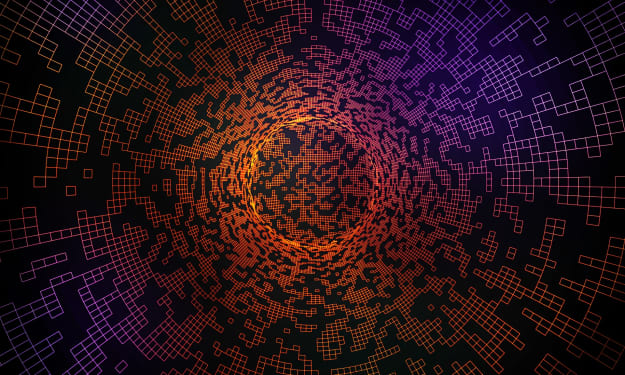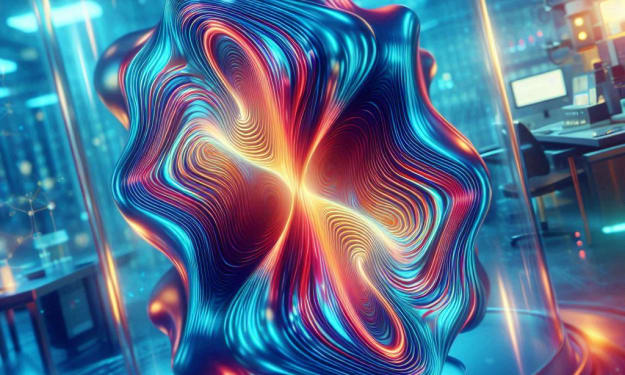5 Weird and Wonderful Facts about the Moon
You never know before!

Did you know the Moon is drifting away from Earth at the rate of an inch per year? Did you know that it’s constantly losing its surface as particles of dust and small rocks launch into space as a result of micrometeorite impacts? These are just a few of the weird and wonderful facts about our moon. The moon has inspired humans with its beauty, mystery, and wonder since time immemorial. It is considered a scientist’s best friend when it comes to understanding planetary science. The moon is our nearest neighbor in the universe and perhaps the most studied celestial body ever. Let us take a look at some interesting moon facts that will leave you in awe:
1. The Moon is Earth’s Most Crowded Object
The Moon is Earth’s nearest neighbor in space, and is also the Earth’s only natural satellite. The Moon is far closer to us than any other celestial object in the Solar System, and is also the only celestial body with a circadian rhythm that is aligned with the 24 hours of Earth. In fact, the distance between the Earth and Moon is just under 240,000 km, which is more than 36 times the distance to the Sun, but is still a tiny dot in the sky. Although the Moon is relatively close to Earth, it is nevertheless a very different world from our own. For example, the Moon is largely made up of an iron-rich rock called “regolith”, which is unlike anything we see on Earth and which has made astronomers puzzle about the Moon’s origin. The Moon is also the only celestial body with a liquid surface, which means it can occasionally look hazy when it is in the phase of “waxing gibbous”, or “waning gibbous”.
2. The Moon likes to toss people in the bay Seriously. The Moon is a wild and crazy place, and it seems that the satellite has a bizarre ability to throw objects toward Earth. This is most obvious when the Moon is near full phase, and is a when a “libration” event occurs. A libration is an apparent movement of the Moon’s position in the sky due to the fact that it is orbiting around the Earth, and the Moon will appear to move across the sky, with parts of it sometimes appearing above the eastern horizon and other parts of the Moon appearing below the western horizon. The reason why the Moon likes to throw objects toward us is that the satellite is near enough to us to have a noticeable gravitational pull, and because of this, any small object in space that is orbiting the Earth will be pulled toward the Moon as it orbits around us. Objects located in a “coaxial orbit” with the Earth and the Moon, and which are orbiting at the same rate as our planet, will therefore be caught in the gravitational pull of both the Earth and the Moon, and will be pulled toward both objects. Objects in this type of orbit are therefore said to be “caught in the net” of the Moon. This means that when the Moon is near full phase, and is therefore pulling objects toward us, it is also tugging on any objects orbiting the Earth that happen to be caught in the net of the Moon.
3. The Moon does not have an atmosphere
Most of the air on Earth is made up of water vapor, and is what gives us clouds and rain. But the Moon is a dry rocky world, and there is no water or other molecules present in the air on the natural satellite. Some scientists have proposed that there may be some trace gases in the lunar soil, but there is no clear explanation for why the Moon doesn’t have an atmosphere like Earth. The dryness of the Moon may be a consequence of the fact that the satellite formed at a much later stage in its history, and may have been completely dry when it formed more than 4 billion years ago. Another possibility is that the Moon has been bombarded by impacts since its formation, which may have altered its original composition in such a way that it doesn’t have enough gravity to pull in molecules from space.
4. The Moon is helping us see the stars at night
The Moon’s light is a huge help to humans when it comes to seeing the stars. The light from the Moon reflects off the Earth’s atmosphere, and this allows us to see some of the brighter stars up in the night sky. In fact, the light from the Moon can be seen as a “halo” around bright stars, and is why many cultures have connected the presence of the Moon to the idea of an “astronomy-related event”. Astronomers have also noticed that the light produced by the Sun and the Moon have an “enhanced contrast”, which means that the light from the Sun is more visible compared to the light from the Moon. This is thought to be due to the fact that the light from the Sun is much stronger, while the light from the Moon is much dimmer. The enhanced contrast between the Sun and Moon is therefore thought to be a consequence of the fact that the Moon orbits the Earth, and is therefore “between us and the Sun”.
5. There is more than one type of moon
There are two types of Moon in the world – a “true” lunar month, and a “solar” month. The lunar month is the time it takes for the Moon to orbit the Earth, and is 29 days long, with one day being exactly 29.5 hours long. It is the lunar month that is used to calculate the time for many festivals around the world, such as Chinese New Year and the Jewish Passover. The lunar month is also used to define the seasons, as it cycles between the appearance of the Sun, the Moon, and the stars in the sky. The lunar month may not be perfectly regular, as it is occasionally influenced by the fact that the Moon is orbiting around the Earth.
>> Some Facts About the Existence of Lunar Volcanoes
Ever since the first human beings settled on Earth, we have been fascinated by the Moon. More than 4,000 years ago, the Chinese made a connection between the Moon and their extreme weather patterns, and many cultures have since viewed the Moon as a “foul-smelling” place. The reason why humans find the Moon so fascinating is because the satellite is the only body in the Solar System that is completely different from our world. The Moon is completely dry, has no oceans, and is never seen as a “living” place by humans. The Moon is therefore thought to be the result of collisions between asteroids and other planetary bodies over the course of billions of years, and is the only example of such “geological processes” in the Solar System. Scientists have also noticed that the Moon has an unusual geology compared to Earth, and is the only large-scale example of this type of natural satellite. Scientists have therefore proposed that the Moon formed following a similar process to Earth, but in a different location, meaning that it has a different composition compared to our planet. The existence of lunar volcanoes, or “mars-like volcanoes”, is also an unusual fact about the Moon. These are massive lava fields that are located on the far side of the Moon, and are similar to some of the lava fields on Earth, such as those on the volcanoes on Hawaii’s Big Island.
Conclusion
Even though we only see a small portion of the Moon each evening, it is still an interesting and fascinating world to explore. Let’s take a look at some of the weird and wonderful facts about the Moon, and see if we can learn something new.
About the Creator
PP
Psychology, Horror, fiction, education, poet, and about many crazy topics; I love to create content.
Enjoyed the story? Support the Creator.
Subscribe for free to receive all their stories in your feed. You could also pledge your support or give them a one-off tip, letting them know you appreciate their work.






Comments
PP is not accepting comments at the moment
Want to show your support? Send them a one-off tip.